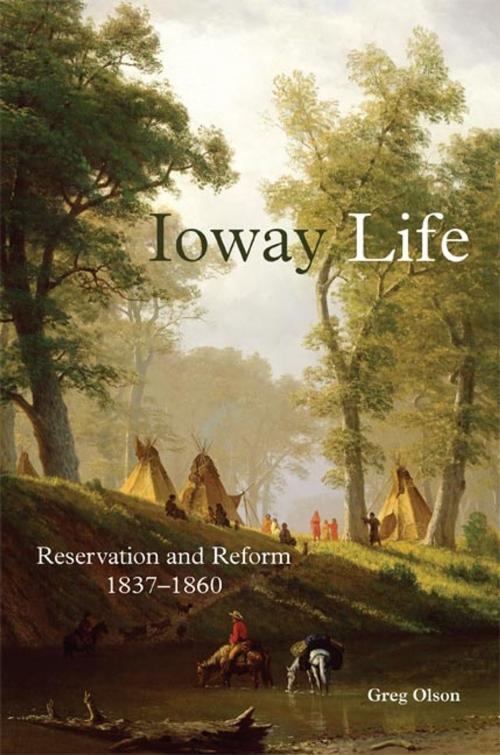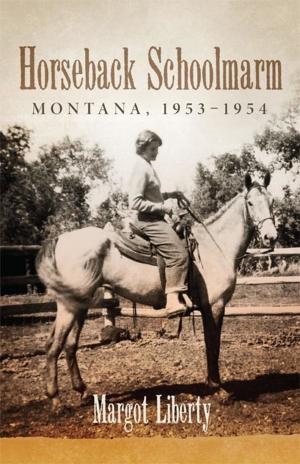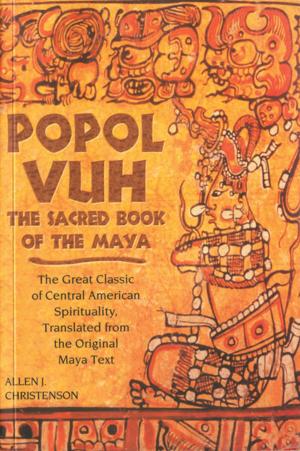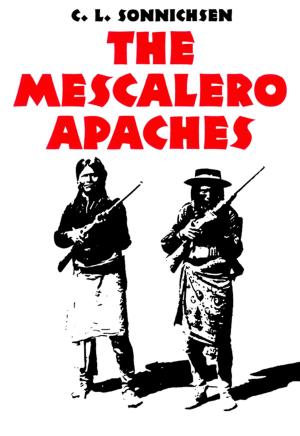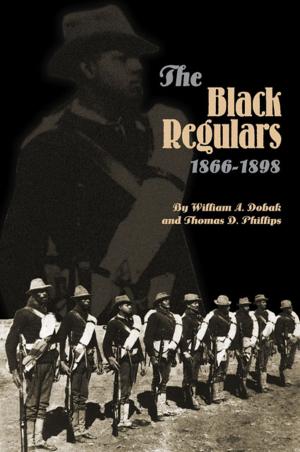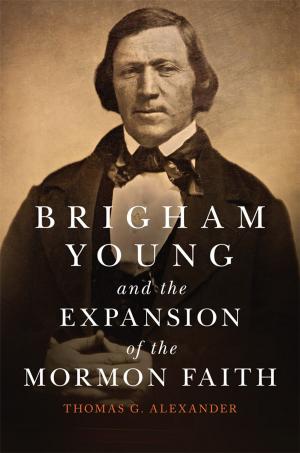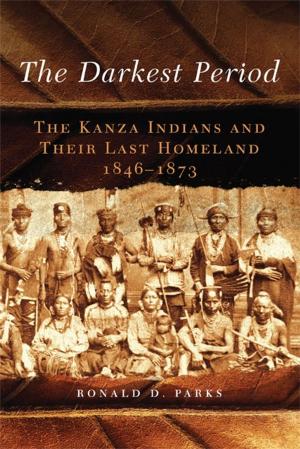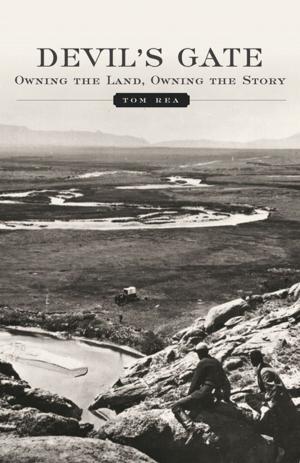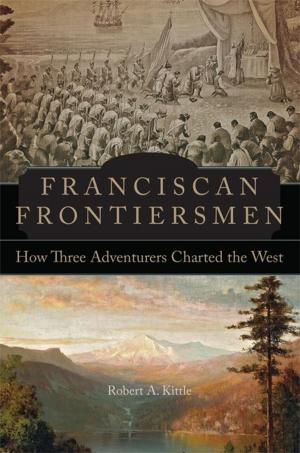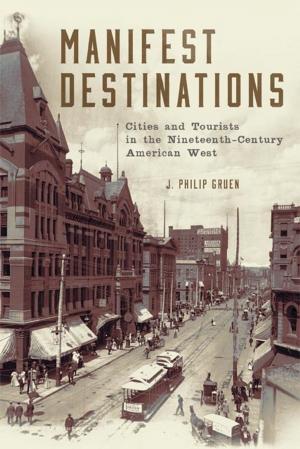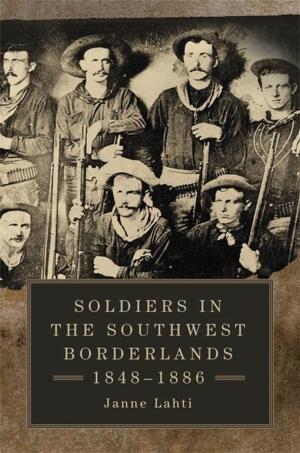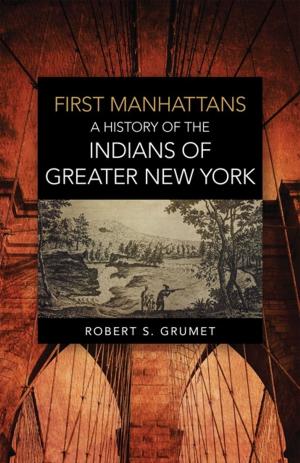Ioway Life
Reservation and Reform, 1837–1860
Nonfiction, History, Americas, Native American, Military, United States| Author: | Greg Olson | ISBN: | 9780806155371 |
| Publisher: | University of Oklahoma Press | Publication: | May 10, 2016 |
| Imprint: | University of Oklahoma Press | Language: | English |
| Author: | Greg Olson |
| ISBN: | 9780806155371 |
| Publisher: | University of Oklahoma Press |
| Publication: | May 10, 2016 |
| Imprint: | University of Oklahoma Press |
| Language: | English |
In 1837 the Ioways, an Indigenous people who had called most of present-day Iowa and Missouri home, were suddenly bound by the Treaty of 1836 with the U.S. federal government to restrict themselves to a two-hundred-square-mile parcel of land west of the Missouri River. Forcibly removed to the newly created Great Nemaha Agency, the Ioway men, women, and children, numbering nearly a thousand, were promised that through hard work and discipline they could enter mainstream American society. All that was required was that they give up everything that made them Ioway. In Ioway Life, Greg Olson provides the first detailed account of how the tribe met this challenge during the first two decades of the agency’s existence.
Within the Great Nemaha Agency’s boundaries, the Ioways lived alongside the U.S. Indian agent, other government employees, and Presbyterian missionaries. These outside forces sought to manipulate every aspect of the Ioways’ daily life, from their manner of dress and housing to the way they planted crops and expressed themselves spiritually. In the face of the white reformers’ contradictory assumptions—that Indians could assimilate into the American mainstream, and that they lacked the mental and moral wherewithal to transform—the Ioways became adept at accepting necessary changes while refusing religious and cultural conversion. Nonetheless, as Olson’s work reveals, agents and missionaries managed to plant seeds of colonialism that would make the Ioways susceptible to greater government influence later on—in particular, by reducing their self-sufficiency and undermining their traditional structure of leadership.
Ioway Life offers a complex and nuanced picture of the Ioways’ efforts to retain their tribal identity within the constrictive boundaries of the Great Nemaha Agency. Drawing on diaries, newspapers, and correspondence from the agency’s files and Presbyterian archives, Olson offers a compelling case study in U.S. colonialism and Indigenous resistance.
In 1837 the Ioways, an Indigenous people who had called most of present-day Iowa and Missouri home, were suddenly bound by the Treaty of 1836 with the U.S. federal government to restrict themselves to a two-hundred-square-mile parcel of land west of the Missouri River. Forcibly removed to the newly created Great Nemaha Agency, the Ioway men, women, and children, numbering nearly a thousand, were promised that through hard work and discipline they could enter mainstream American society. All that was required was that they give up everything that made them Ioway. In Ioway Life, Greg Olson provides the first detailed account of how the tribe met this challenge during the first two decades of the agency’s existence.
Within the Great Nemaha Agency’s boundaries, the Ioways lived alongside the U.S. Indian agent, other government employees, and Presbyterian missionaries. These outside forces sought to manipulate every aspect of the Ioways’ daily life, from their manner of dress and housing to the way they planted crops and expressed themselves spiritually. In the face of the white reformers’ contradictory assumptions—that Indians could assimilate into the American mainstream, and that they lacked the mental and moral wherewithal to transform—the Ioways became adept at accepting necessary changes while refusing religious and cultural conversion. Nonetheless, as Olson’s work reveals, agents and missionaries managed to plant seeds of colonialism that would make the Ioways susceptible to greater government influence later on—in particular, by reducing their self-sufficiency and undermining their traditional structure of leadership.
Ioway Life offers a complex and nuanced picture of the Ioways’ efforts to retain their tribal identity within the constrictive boundaries of the Great Nemaha Agency. Drawing on diaries, newspapers, and correspondence from the agency’s files and Presbyterian archives, Olson offers a compelling case study in U.S. colonialism and Indigenous resistance.
